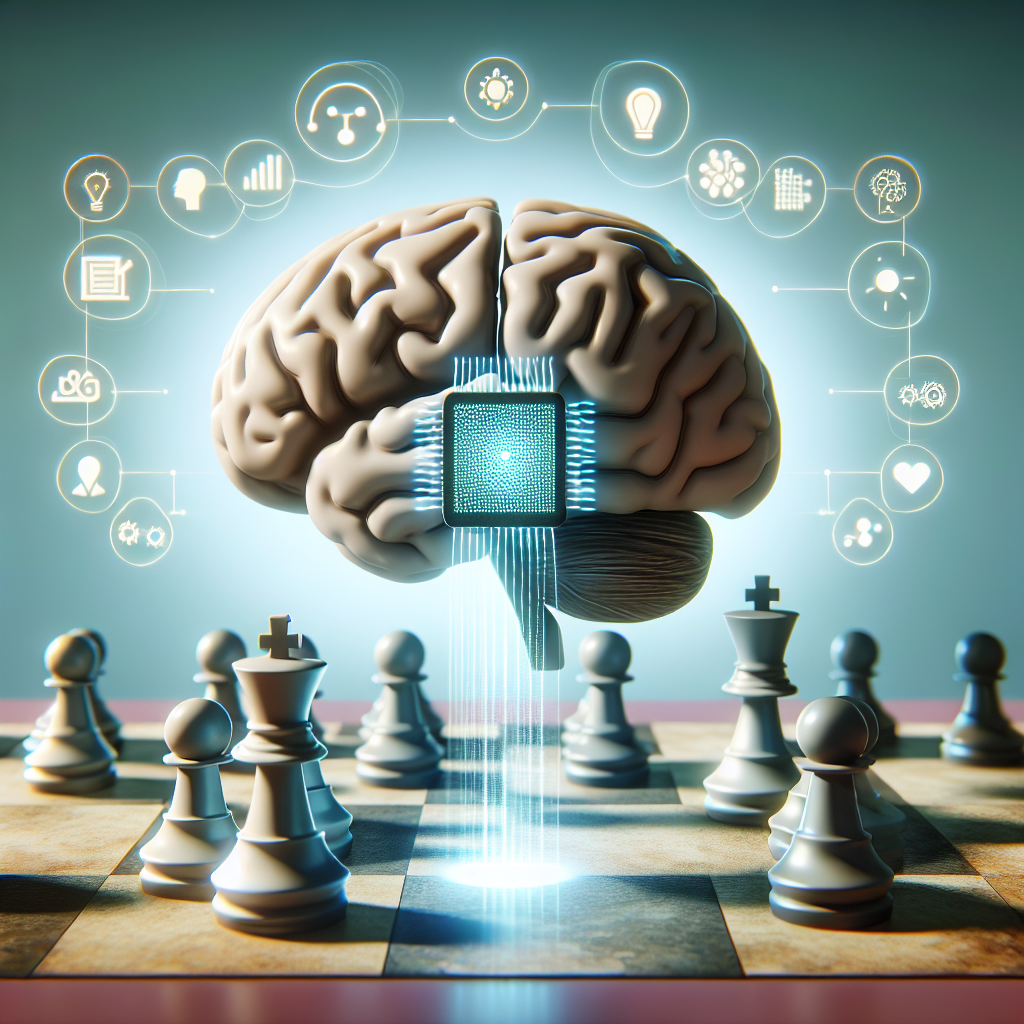When it comes to artificial intelligence (AI), one of the most intriguing and controversial topics is the concept of artificial general intelligence (AGI) – machines that can think and reason like humans. The idea of creating machines that are capable of human-like intelligence has fascinated scientists, researchers, and sci-fi enthusiasts for decades. But can machines really think like us? And what are the implications of achieving AGI?
AGI vs. Human Intelligence: Understanding the Difference
Human intelligence is a complex and multifaceted phenomenon that encompasses a wide range of cognitive abilities, including reasoning, problem-solving, language processing, and emotional intelligence. It is the result of billions of years of evolution and the product of intricate neural networks in the human brain.
On the other hand, AGI refers to machines that possess the ability to perform a wide range of intellectual tasks at a level that is indistinguishable from human intelligence. This includes understanding natural language, learning from experience, making decisions, and even exhibiting creativity and emotional intelligence.
The key difference between human intelligence and AGI lies in the underlying mechanisms. While human intelligence is based on biological processes that are still not fully understood, AGI is based on artificial neural networks and algorithms that mimic the way the human brain works. The goal of AGI research is to create machines that can learn and adapt to new situations, just like humans do.
Can Machines Really Think Like Us?
The question of whether machines can truly think like humans is a complex and contentious one. On one hand, proponents of AGI argue that with advances in technology and machine learning, it is only a matter of time before we develop machines that are capable of human-like intelligence. They point to recent breakthroughs in AI, such as deep learning and neural networks, as evidence that we are getting closer to achieving AGI.
On the other hand, skeptics argue that human intelligence is a unique and complex phenomenon that cannot be replicated by machines. They point to the limitations of current AI systems, which are still far from being able to match the cognitive abilities of even a young child. They also raise ethical concerns about the implications of creating machines that are as intelligent as humans, including the potential for job displacement, loss of privacy, and even existential threats.
The debate over whether machines can truly think like us is likely to continue for years to come. While there have been significant advances in AI in recent years, we are still far from achieving AGI. Researchers are still struggling to understand the complexities of human intelligence and how to replicate it in machines. And even if we do eventually develop AGI, there are still many ethical and societal challenges that we will need to address.
Implications of Achieving AGI
If we do eventually achieve AGI, the implications could be profound and far-reaching. On the one hand, AGI has the potential to revolutionize industries such as healthcare, finance, transportation, and entertainment. Machines with human-like intelligence could help us solve some of the most pressing challenges facing humanity, from curing diseases to combating climate change.
On the other hand, the rise of AGI could also have negative consequences. For example, there are concerns about job displacement, as machines could potentially perform tasks that currently require human intelligence. There are also concerns about the potential for misuse of AGI, such as the development of autonomous weapons or surveillance systems that violate privacy rights.
Ultimately, the development of AGI raises important questions about what it means to be human and the role of technology in our society. As we continue to make progress in AI research, it is crucial that we consider the ethical, social, and philosophical implications of creating machines that are as intelligent as humans.
FAQs
Q: Can machines really think like humans?
A: While machines have made significant advances in AI in recent years, we are still far from achieving AGI – machines that can think and reason like humans. Human intelligence is a complex phenomenon that is the result of billions of years of evolution, and replicating it in machines is a challenging task.
Q: What are the key differences between human intelligence and AGI?
A: Human intelligence is based on biological processes that are still not fully understood, while AGI is based on artificial neural networks and algorithms that mimic the way the human brain works. The goal of AGI research is to create machines that can learn and adapt to new situations, just like humans do.
Q: What are the implications of achieving AGI?
A: If we do eventually achieve AGI, the implications could be profound and far-reaching. AGI has the potential to revolutionize industries such as healthcare, finance, transportation, and entertainment, but it also raises concerns about job displacement, ethical issues, and the potential for misuse of AI.
Q: What are some of the challenges in achieving AGI?
A: One of the main challenges in achieving AGI is understanding the complexities of human intelligence and how to replicate it in machines. Researchers are still struggling to develop AI systems that can match the cognitive abilities of even a young child, let alone a fully intelligent human being. Additionally, there are ethical and societal challenges that we will need to address as we continue to make progress in AI research.

